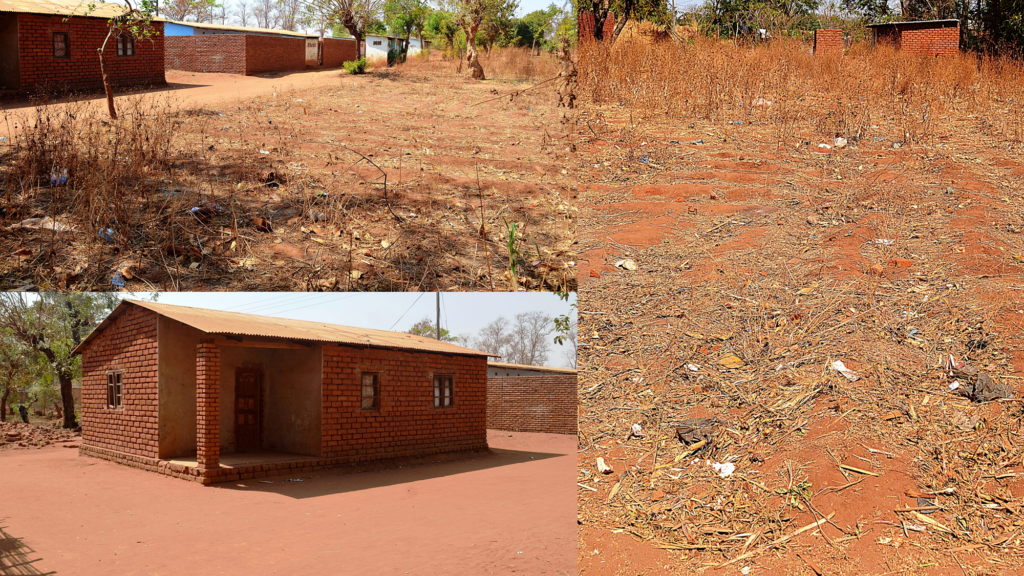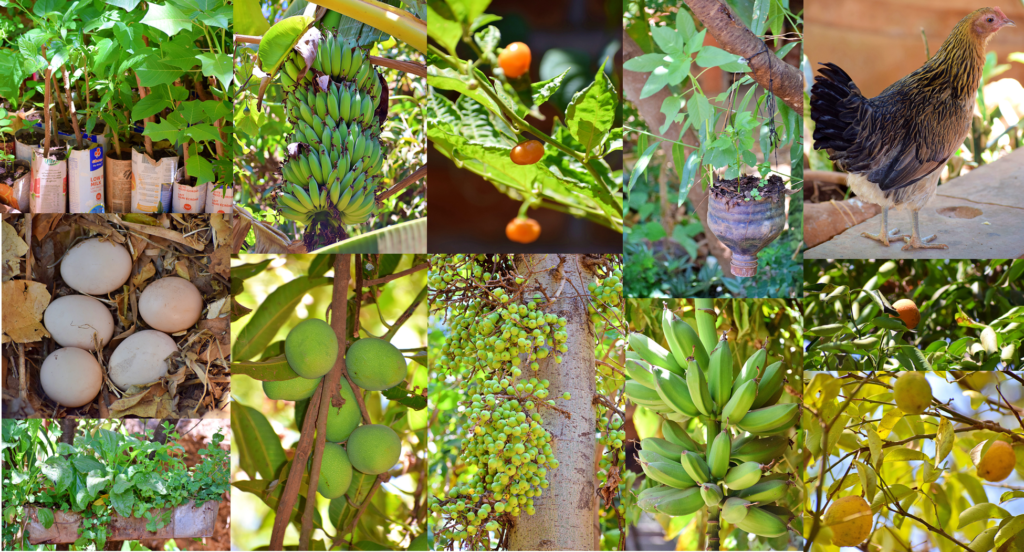 As the dry season comes to an end in Malawi, and people are beginning to look forward to the beginning of the rains, we need to start asking ourselves, “Where’s the food?” Due to the fact that the majority of agricultural policies in the country are focused primarily on the monocropping of maize (corn), this has created a situation where many farmers try to harvest a year’s worth of food in one month. When the rainy season begins, people plant their maize seeds. These seeds, however, take several months to mature into food. During the most agriculturally productive time of the year–the rainy season–many families find their maize yields from the previous season running short while they wait for harvest time to arrive in April or May. This has led to the creation of chronic ‘hungry seasons‘ and unacceptable levels of malnutrition as people over-rely on a single staple crop to provide the bulk of their nutrients. When harvest time comes around, everything is removed from the fields, crop residue is burned, and the soil is left barren and exposed to the sun until the next rainy season. In essence, the majority of fields in Malawi are not producing food for about 11 months out of the year.
As the dry season comes to an end in Malawi, and people are beginning to look forward to the beginning of the rains, we need to start asking ourselves, “Where’s the food?” Due to the fact that the majority of agricultural policies in the country are focused primarily on the monocropping of maize (corn), this has created a situation where many farmers try to harvest a year’s worth of food in one month. When the rainy season begins, people plant their maize seeds. These seeds, however, take several months to mature into food. During the most agriculturally productive time of the year–the rainy season–many families find their maize yields from the previous season running short while they wait for harvest time to arrive in April or May. This has led to the creation of chronic ‘hungry seasons‘ and unacceptable levels of malnutrition as people over-rely on a single staple crop to provide the bulk of their nutrients. When harvest time comes around, everything is removed from the fields, crop residue is burned, and the soil is left barren and exposed to the sun until the next rainy season. In essence, the majority of fields in Malawi are not producing food for about 11 months out of the year.

Permaculture reverses this situation by encouraging the implementation of design systems which provide perennial, year-round, and daily access to diversified and highly-nutritious foods. Permaculture helps families save money by reducing the dependency on expensive agricultural inputs (e.g. synthetic fertilizers, pesticides, herbicides, and commercial seeds). It also helps people reduce their need to spend money on things like firewood, building supplies, natural medicines, and market commodities. When money is saved, it can be reinvested into making life better for people. Diversification also leads to increased access to income generation through food processing, diversified markets, and unique product ideas. Malawi is blessed with a tropical climate, where plants and animals can thrive for 12 months out of the year, even without the need for expensive irrigation systems. The pictures displayed above show the results of two different systems. The top pictures are what many people’s homes and fields look like at the current moment. They are dry, barren, neglected, and unproductive. The bottom pictures were all taken this morning (November 14, 2019) here at Never Ending Food and show some of the amazing natural resources that we currently have at our disposal. Fruits, vegetables, animals and animal products, spices, tree nurseries, etc. Many of these things (like the mangoes, oranges, lemons, figs, and bananas) are perennial crops which do not require any additional irrigation on our part. Others, like the container gardens, only require minimal watering which can often be maintained with grey water from household use. Solutions exist, but those solutions depend upon finding people with a desire to change and a vision for a brighter future!
